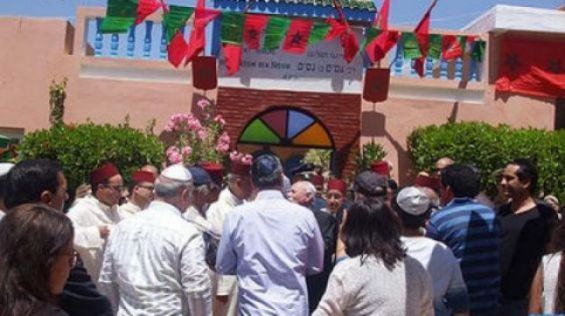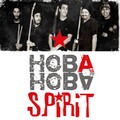He is one of those Moroccan Jewish saints with a mysterious story. Little is known about Rabbi Nissim Ben Nissim, including his origins and date of birth. However, many accounts suggest that the Jewish saint arrived in Morocco in the nineteenth century, as an emissary rabbi sent to raise money for his Yeshiva.
«No one knows if Rabbi Nissim was born in Morocco or Israel. His very special name, Nission son of Nissim, could be linked to a Jewish tradition in Yemen where the son bears the name of his father», wrote Association Tanou Rabbanan in an article on the Rabbi.
Rabbi Nissim Ben Nissim would have arrived in Essaouira in 1844, some time before the outbreak of the war between Morocco and France. The port city, which had been a refuge for Jews for years, was bombed in August 1844 by the French, just like Tangier. Several houses in the city’s Jewish quarter were destroyed.

After the bombings, Hajj Abdallah Ould Bihi, the leader of the Haha region, launched several operations to repatriate Jews. They were then moved from Essaouira to nearby villages.
A saint who chose Ait Bayoud instead of Essaouira
Instead of Essaouira, Rabbi Nissim chose to settle down in Ait Bayoud, because of its weather, mountains and watercourse. Local notables and even other tsadiks tried to convince him to return to Essaouira, but in vain. Rabbi Nissim Ben Nissim stayed in Ait Bayoud, died there and was buried there.
It was around the 1870s that the tomb of Rabbi Nissim Ben Nissim became «the object of an annual pilgrimage, drawing Jews not just from Essaouira but from all over the southwestern», according to Edmund Burke in his book «Struggle and Survival in the Modern Middle East» (University of California Press, 1993).
And despite «the old transportation means and the difficult crossing of the river, the Jewish population of Essaouira visited annually Ait Bayoud and gathered near the tomb of Rabbi Nissim (…) no one missed this event for more than 150 years», wrote Association Tanou Rabanan.

Like all tsadiks, Rabbi Nissim Ben Nissim has been at the heart of many mysterious stories and legends. The Tanou Rabbanan association cites some of them, such as the story of Aken Corcos, a wealthy Mogador merchant known for his insight and whose daughter Reina fell seriously ill in the 1910s.
«She was examined by the greatest doctors of Morocco but in vain. On the advice of Rabbi Yossef Ben Attar, Reina was transported to Ait Bayoud to spend the seven days of traditional pilgrimage and a few days after their return to Essaouira, she was completely cured». To honor him, Aken Corcos built a mausoleum on the tomb of Rabbi Nissim Ben Nissim.
The many miracles of Ait Bayoud’s saint
Some miracles have even been told by Jewish public figures, like that of Yossef son of Rabbi Haim Bensoussan or David son of Yossek Kakone.
«During a Hilloula organized in 1942, two civilian control officers came to ask for candles to light in the memory of the tsadik. The next morning, they came back to the tomb, they were very scared», the legend says. Wanting to keep the candles to bring them home, they would have had a dream where the Rabbi told them to return the candles.

A more recent story in 2015 indicates that a Jewish man asked his friend who was about to make a pilgrimage to Morocco, to pray for his daughter to get married. The friend would have asked Daniel Afriat, a committee member who watches over the tomb of Rabbi Nissim Ben Nissim to light candles and pray on behalf of the person concerned.
«A few days after the festivities of Tishri, in the first week of the month of Heshvan, the radiant father informed Moche Cohen that his daughter got engaged to a young man from Meknes like him», says the story relayed by Association Tanou Rabbanan.
Like other tsadiks, the hiloula of this Rabbi is celebrated during Lag Baomer, the Jewish festival of Rabbinical institution generally celebrated in May.





 chargement...
chargement...












